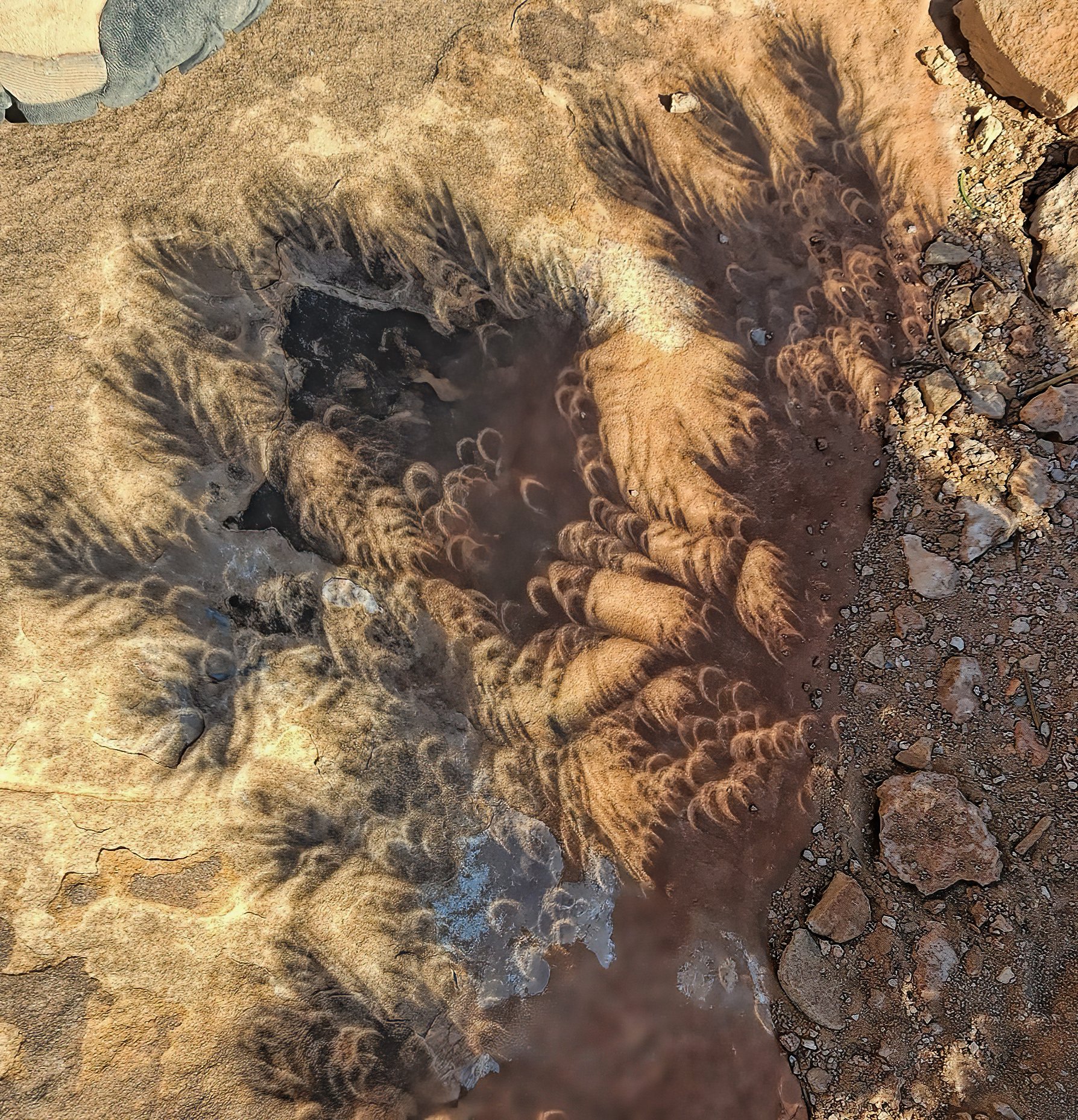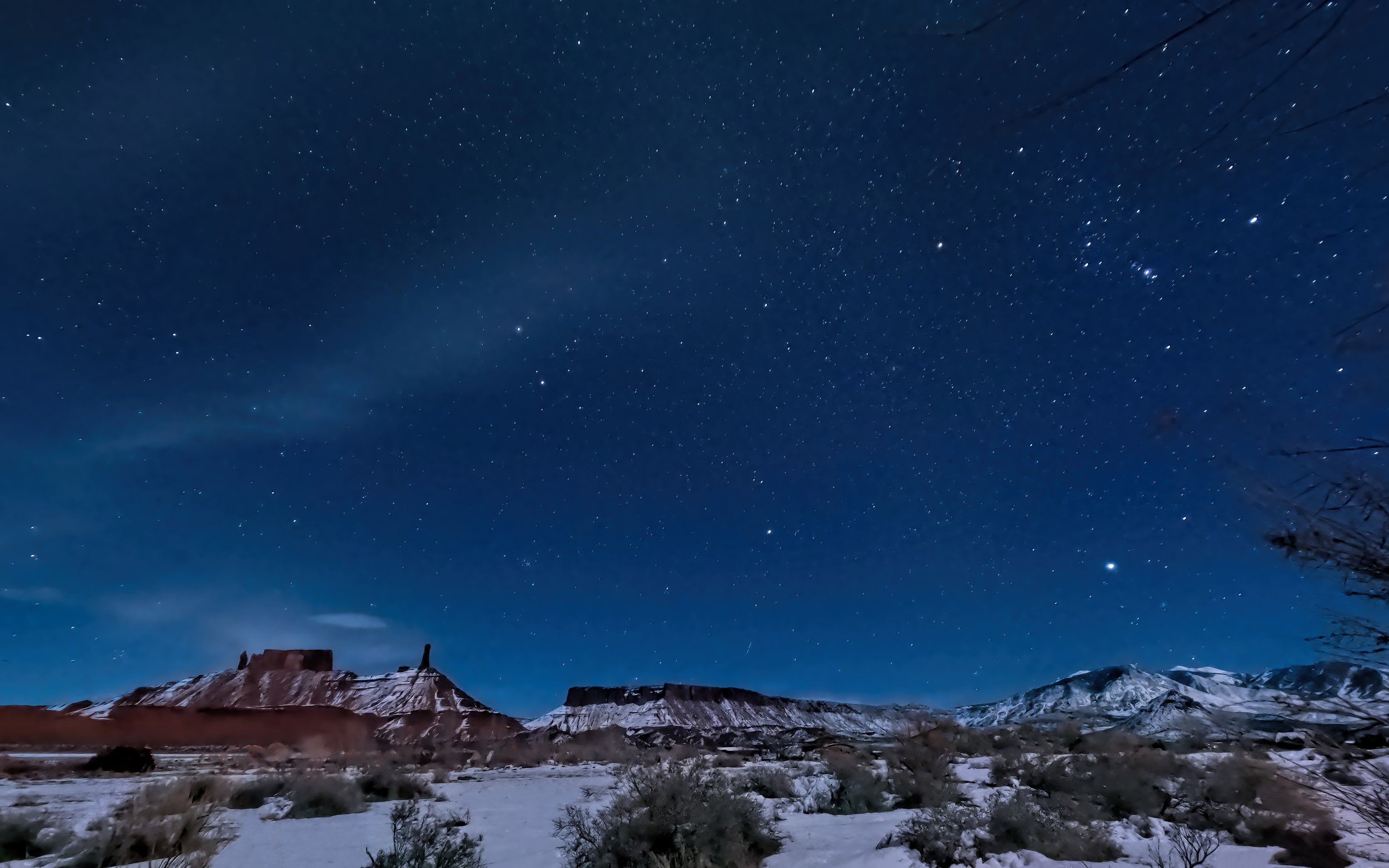is five days old and 22 percent illuminated. The low angle lighting along the terminator brings out landform details not seen during the full phase.
Note the bright sunlit central peak in Theophilus crater at the edge of Mare Nectaris, a 2 km high feature rising from the flat crater floor.











































